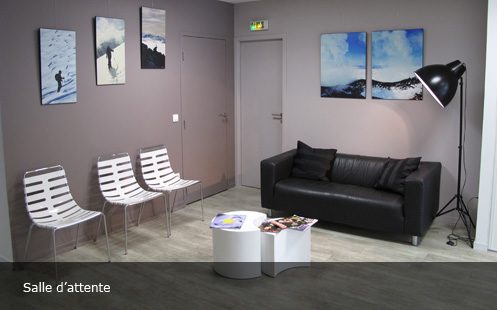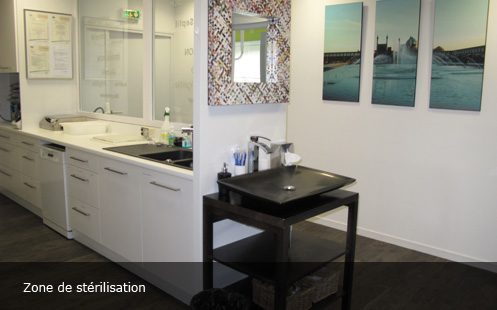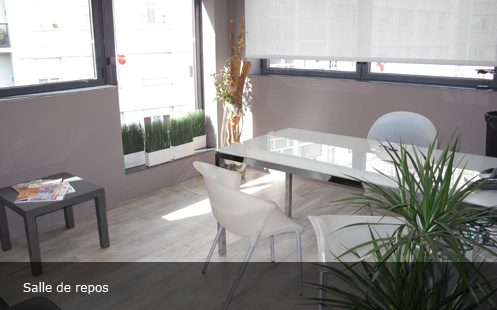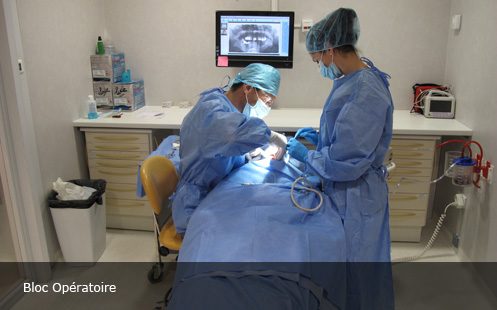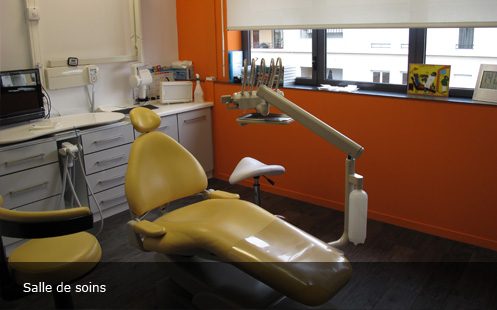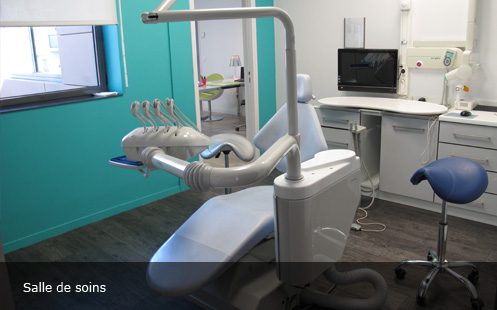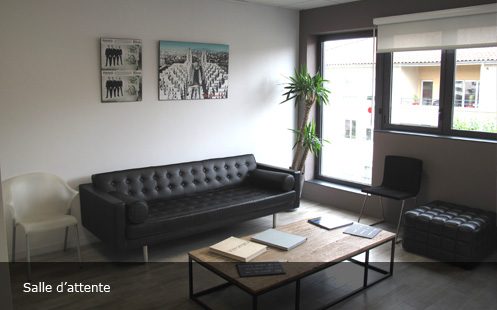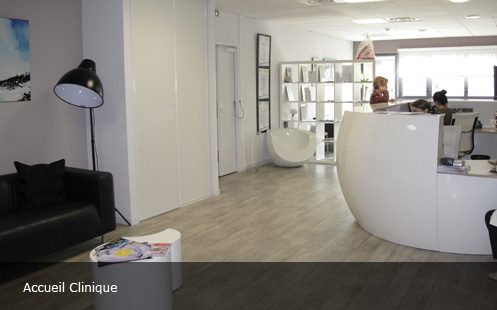Aesthetic dentistry and teeth whitening
A tooth that has decayed or broken has to be repaired. We provide a range of reconstruction options, depending on the size of the damaged area and the type of tooth (incisor, canine, premolar or molar).
COMPOSITE RESTORATIONS:

Inlays and onlays:
Inlays and onlays are pieces of composite resin that are used to repair damaged teeth. Each inlay or onlay is made-to-measure by a dental laboratory so it embeds exactly into a previously cleaned and prepared dental cavity in such a way as to restore the tooth’s natural shape.
As well as its aesthetic function, an inlay/onlay durably strengthens the remaining part of the tooth. Unlike classic filling techniques (amalgam, composites, etc.), inlays/onlays do not put any pressure on the walls of the tooth, so it is less likely to break.
This technique can be used to repair slightly to moderately damaged teeth. In the case of more extensive damage, it may be necessary to consider a ceramic crown.
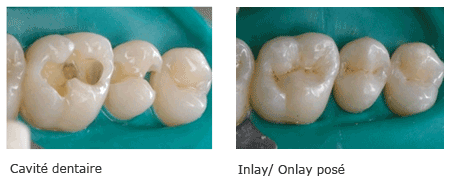
TEETH WHITENING
There are two types of whitening: “chairside bleaching” and “at-home bleaching”.
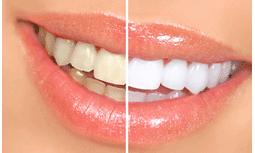 Chairside bleaching is carried out entirely at the clinic, over one or two sessions. The dental surgeon places a protective coat on the gums and then applies a hydrogen peroxide gel to your teeth. This treatment is completely pain free.
Chairside bleaching is carried out entirely at the clinic, over one or two sessions. The dental surgeon places a protective coat on the gums and then applies a hydrogen peroxide gel to your teeth. This treatment is completely pain free.
For at-home bleaching it is first necessary to have a bleaching tray custom made, based on a mould of your teeth taken at the clinic. The treatment is then done at home, using a less-concentrated hydrogen peroxide gel.
The tray has to be worn for 30 minutes, twice a day for 15 days. The effectiveness of the whitening depends on the patient’s lifestyle (amount of coffee or tea drunk, or tobacco smoked).
If your teeth start to become sensitive, it is essential to stop the treatment and consult your dentist.

